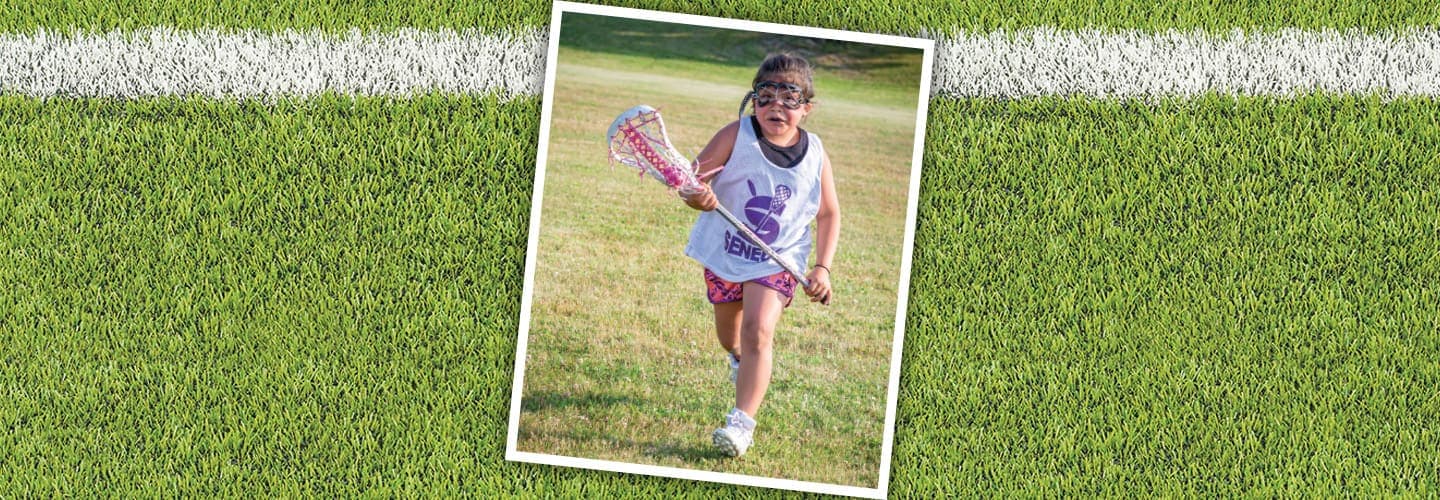Jheneli Skye Huff sprints down the field. The 8-year-old from Gowanda, New York, carries a ball in a long stick. Suddenly, she stops and flings the ball. It flies into a goal. Swish!
Jheneli has just scored a goal in a sport called lacrosse.
Jheneli Skye Huff sprints down the field. The 8-year-old lives in Gowanda, New York. She carries a ball in a long stick. Suddenly, she stops and flings the ball. It flies into a net. Swish!
Jheneli has just scored a goal in a sport called lacrosse.

